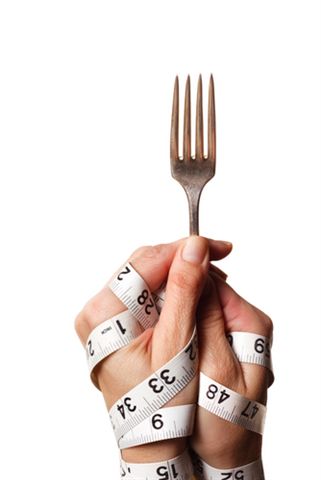Eating for Fat Loss — The Basics

So it’s nearly summer time and you want to get into fabulous shape. By now you’ve already started hitting the gym and preparing yourself for that bikini. Unfortunately, while the gym is a great way to get fit, exercise and burn off those calories, your nutrition needs a closer look when it comes to losing fat. After all, the only way to lose fat is to stop gaining it and use your exercise to burn off what you’ve already got.
Eating correctly, by balancing your portions of good, clean complex carbohydrates that have a low glycemic value and combining them with lean protein sources, will help you to reach that ideal body.
The best way to eat to lose fat is to ensure you are keeping your insulin levels sustained throughout the day. By that, I mean consuming small portions of clean, balanced meals at two to three hour intervals throughout the day. This way you are keeping yourself feeling energized throughout the day and keeping your insulin levels at one consistent rate.
A great and ideal meal would include a portion of lean protein, a portion of complex carbs and a small amount of essential fats that are needed for bodily functions.
To build your meals, you first need to identify your portion sizes and requirements. Use your own, clenched fist or the palm of your hand as a guide when choosing your portions.
This method makes it simple and easy for you to identify how much nutrition you need, without having to weigh your food or count calories. Everyone’s fist and palm is different, so everyone’s portion sizes will more than likely differ.
Next, slice up your plate into three imaginary slices. In the one slice, place your portion of lean protein, in the second, a portion of complex carbs and in the third slice, fiber rich vegetables such as broccoli, spinach and other green, leafy veggies.
Another great tip is to use smaller plates, that way you have bigger looking meals, and you will trick your brain into thinking it is getting an overload of food, instead of a measly portion of food lost on a larger plate.
Author: Dimi Ingle.
Copyright 2009: Remedium. This article may not be copied, in whole or in part, without the written consent of Remedium.
|